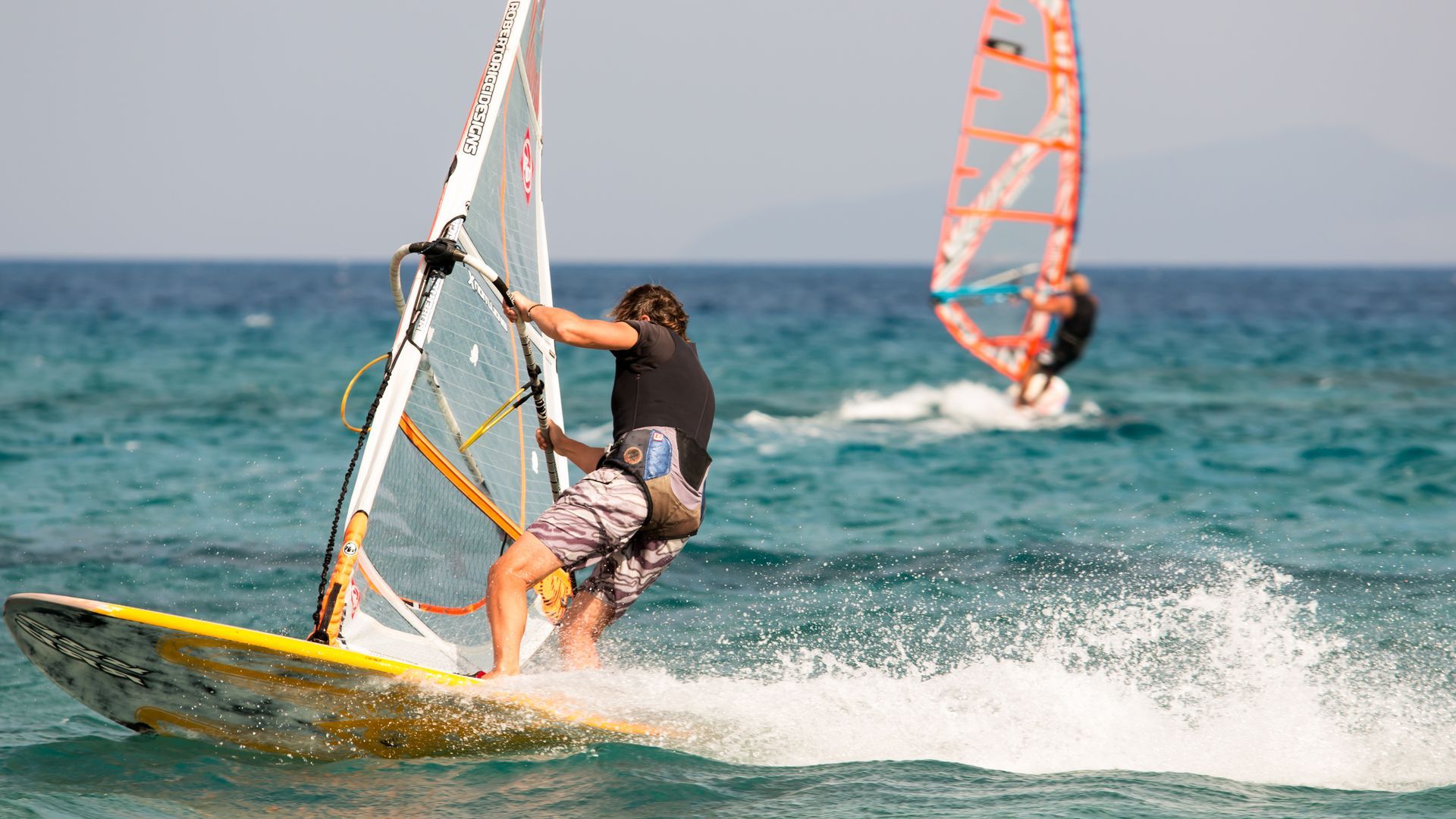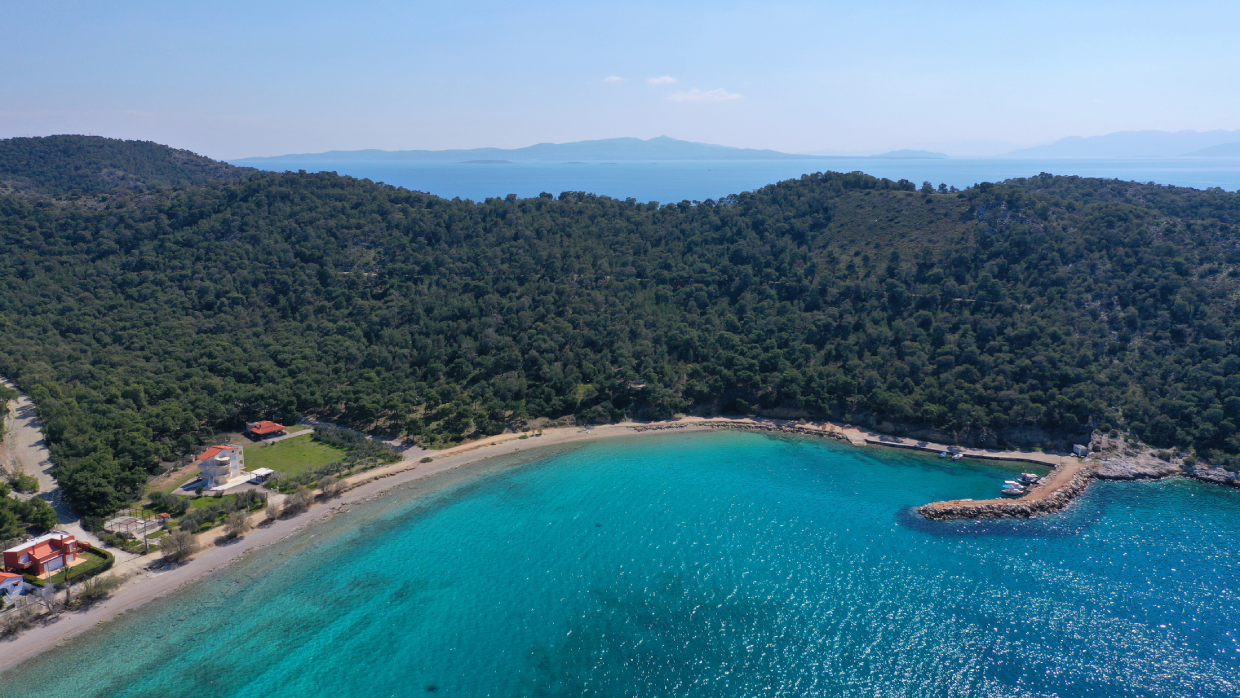Archaeological Museum of Salamis
Archaeological Museum of Salamis
The Archaeological Museum of Salamis is housed in the building of the former Kapodistrian Primary School of the city, which, with the consent of the Municipality of Salamina, was granted to the Ministry of Culture by the Ministry of Finance to which it belonged. The Museum’s collections consist mostly of findings from excavations throughout the island, but also from accidental findings and traditions of citizens and are mainly works of ceramics and sculpture, covering the entire duration of the rich ancient history of the island, from the Prehistoric years (Final Neolithic era) until Late Antiquity.
The Archaeological Museum building has a large exhibition hall on the ground floor. The scale of the central entrance divides this hall into two unequal spaces: Hall A and Hall B. In the center of the building is the atrium, a square courtyard with a roofed peristyle leading to the elevated Hall C΄. The exhibition spaces cover an area of 400 sq.m, while another 100 sq.m are occupied by the Museum’s warehouses and laboratory areas.
The Museum is supervised by the 6th Ephorate of Prehistoric and Classical Antiquities and its purpose, in addition to the collection, recording, preservation and exhibition-re-exhibition of the finds, is also to raise awareness, through knowledge, of the local and wider society about our valuable cultural legacy. However, aspiring to make the Museum a pole of culture for the local community, in addition to educational programs, lectures and events related to our cultural heritage, events are also organized that touch the entire spectrum of contemporary creation (music, painting, sculpture).
In addition to the Archaeological Museum, the Folklore Museum of the Municipality of Salamina has been operating in Salamina since 1998, which has been housed since October 1998 in a spacious hall of the New Town Hall – Cultural Center and bears the name of the Salaminian philologist, folklorist, researcher, Petros Fourikis, Director of the Folklore Archive of the Academy of Athens until 1936. In this museum are gathered a number of Folklore objects of the life of Salamis but also of the History of the area such as a collection of men’s and women’s local clothing, furniture of various periods, looms, household utensils, tools of various professions, various ceramic and copper objects of daily life, the weapons of the 21st century (swords, yatagans, rifles, pistols, swords) and the silver button of the scarf of general G. Karaiskakis, church utensils and priestly objects as well as rich photographic material from 1850 and back, paintings and traditional musical instruments.






